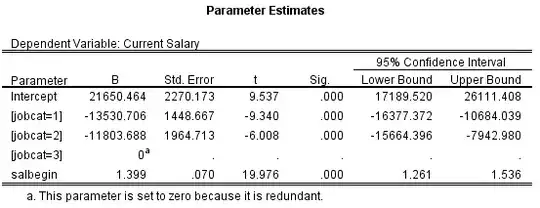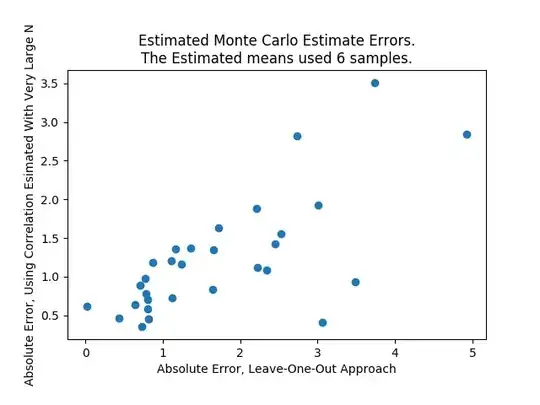This was an interesting question so I did a little digging. The first link I found gave a little bit of insight.
The basic difference is that the odds ratio is a ratio of two odds (yep, it’s that obvious) whereas the relative risk is a ratio of two probabilities (the relative risk is also called the risk ratio).
The odds ratio is the ratio of the odds of an event in the Treatment group to the odds of an event in the control group. The term ‘Odds’ is commonplace, but not always clear, and often used inappropriately. The odds of an event is the number of events / the number of non-events.
The article also gave the following equations, which make the difference a bit easier to understand:
Suppose you have a school that wants to test out a new tutoring program. At the start of the school year they impose the new tutoring program (treatment) for a group of students randomly selected from those who are failing at least 1 subject at the end of the 1st quarter. The remaining students receive the customary academic support (control group).
At the end of the school year the number of students in each group who fail any of their classes is measured. Failing a class is considered the outcome event we’re interested in measuring. From these data we can construct a table that describes the frequency of two possible outcomes for each of the two groups.



Based on the definition from this site, OR and RR are two fundamentally different concepts.
$$
OR = \frac{a d}{b c} \\
RR = \frac{\frac{a}{a+b}}{\frac{c}{c+d} } = \frac{a \cdot (c+d)}{c \cdot (a+b)} = \frac{ac + ad}{ca + cb}
$$
This may not be particularly helpful yet, but I found another article that was more insightful. It was aptly named Relative risks and odds ratios:
What’s the difference?, and explains the ratios in the following way...
Probability is the likelihood of an event in relation to all possible events. If a horse wins 2 out of every 5 races, its probability of winning is 2/5 (40%). Relative risk is a ratio of probabilities. It compares the incidence or risk of an event among those with a specific exposure with those who were not exposed (eg, myocardial infarctions in those who smoke cigarettes compared with those who do not). RR is based upon the incidence of an event given that we already know the study participants’ exposure status. It is only appropriate, therefore, to use RR for prospective cohort studies.
Odds compare events with nonevents. If a horse wins 2 out of every 5 races, its odds of winning are 2 to 3 (expressed as 2:3). An odds ratio is a ratio of ratios. It compares the presence to absence of an exposure given that we already know about a specific outcome (eg, presence-to-absence ratio of cigarette smoking in those who had an MI compared with the same ratio in those who did not have an MI). OR can be used to describe the results of case control as well as prospective cohort studies.
OR and RR are usually comparable in magnitude when the disease studied is rare (eg, most cancers). However, an OR can overestimate and magnify risk, especially when the disease is more common (eg, hypertension) and should be avoided in such cases if RR can be used.
From this article, we can see that one would be able to reasonably estimate relative risk with the odds ratio if the disease is rare. This addresses the "the odds ratio is used as a point estimate of the relative risk in retrospective studies" quote in your original question. Though we are not provided with the original source of your quote, one could assume you pulled the quote from a source relating to relatively rare diseases, or disease outbreaks.
As a caveat, note the following information from this document, which also examines these two terms:
The RR and the OR should always be examined in the context of the absolute risk. For example, in a case-control study, Louik at al. found that the use of sertraline during pregnancy substantially increased the risk for omphalocele (OR=5.7; 95% CI, 1.6-20.7). Omphalocele is rare in the population, and so, in this situation, the OR and the RR would probably be similar. If the risk of omphalocele in the general population is 0.02%, the 5-fold increased risk with sertraline would result in an incidence of 0.01%. At the individual patient level, 0.1% is an almost negligible risk. Therefore, when the absolute risk is low, even a large increase in the RR or OR may not be clinically significant.
The absolute risk of an event is the likelihood of occurrence of that event in the population at risk.


